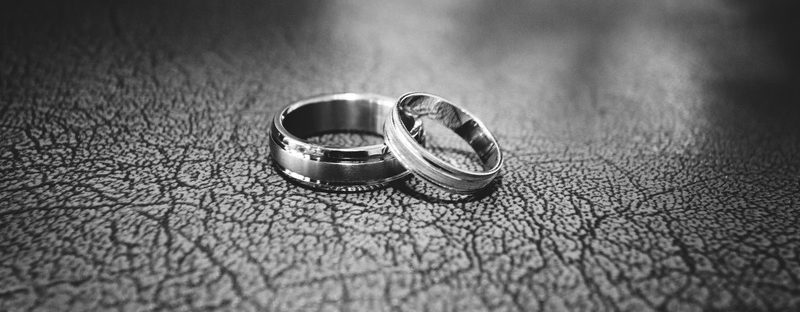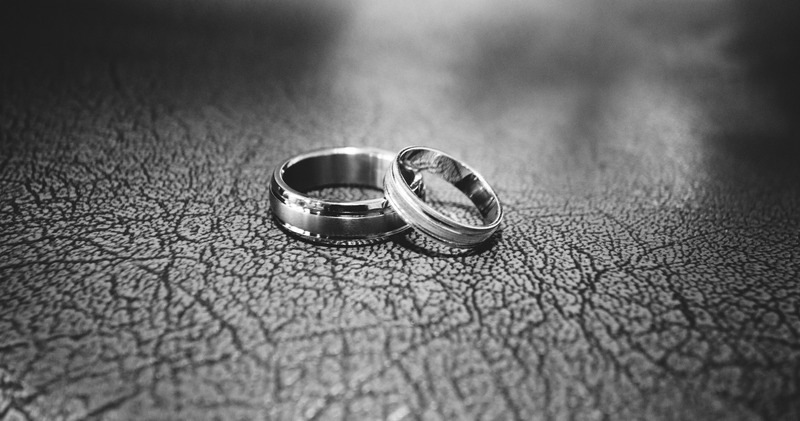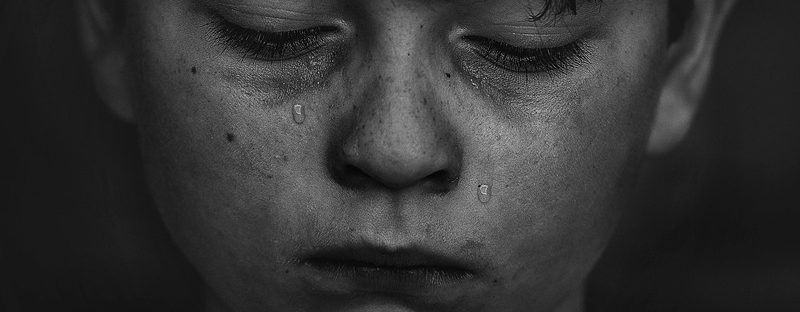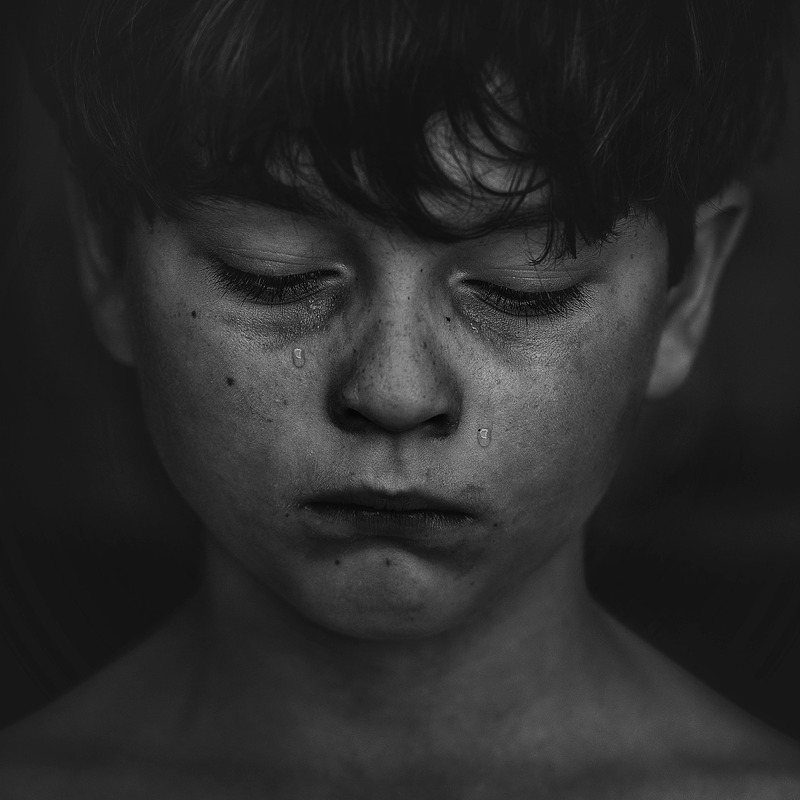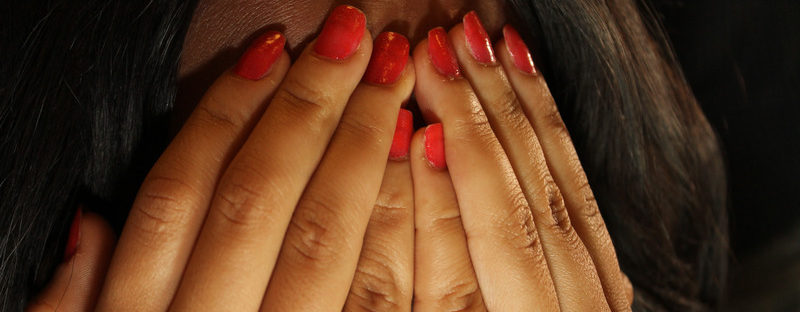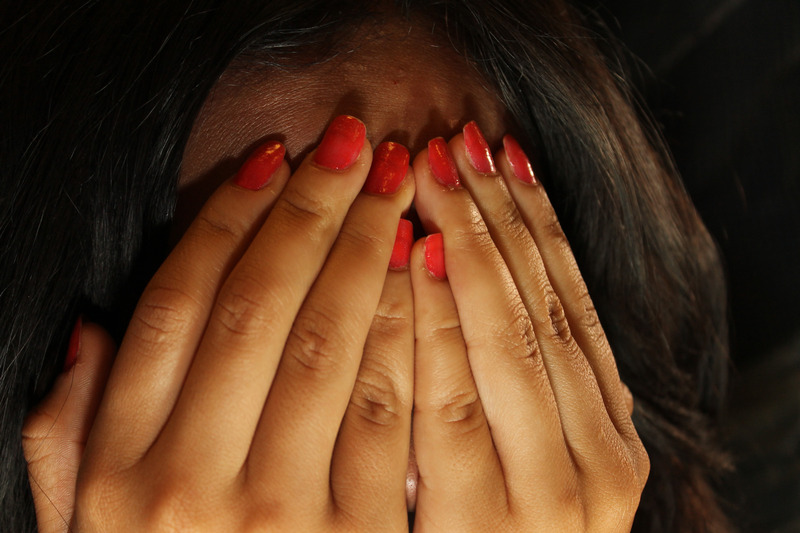We each have a story to tell. Retelling our own story offers others hope as it gently reminds us of not just how far we’ve come, but of the grace of God for His gentle and continued guidance throughout our journey. And, as is often the case, our story is not just about us and us alone.
“From Pain to Paradise: The Story of How God Transformed My Life & Marriage from Brokenness to Blessing ” is Karen Evans’ story of healing, not just of her own identity but that of her marriage as well. Falling in love with the man of her dreams also meant she would be taking on his own well hidden identity issues. And so throughout her retelling, she weaves aspects of her husband’s own story of healing.
This is not a revengeful tell-all, but a story of redemption. And while Karen Evans spent time being very frustrated and angry she also knew just how deeply she loved her husband. But to love her husband as she desired, she would learn not only to first love God, but of His love for her.
I enjoy reading another person’s story of healing especially when it is told with complete transparency. Karen Evans does just this ever so naturally and honestly. It is not told from the perspective of a bitter wife as she intentionally exposes all her husband’s deep and dark secrets, but as a wife who dearly loves her husband.
While Karen doesn’t directly offer a list of do’s and don’t for a closer relationship with ones spouse, she so expertly offers wisdom applicable to any marriage. Her story is told from the perspective of a Christian woman who desires to find her true value in her relationship with God as she realizes this is also the key to her identity and marriage.
Karen has been married to Jimmy Evans for well over forty years. Together they are the founders of Marriage Today Ministries, where they not only offer help for marriages, but candidly share their struggles within their own marriage.


Hope you enjoyed reading this post and will consider sharing your thoughts, following me on social media, and subscribing to my blog.
This post may contain affiliate links for which we may earn compensation when you click on the links at no additional cost to you.





